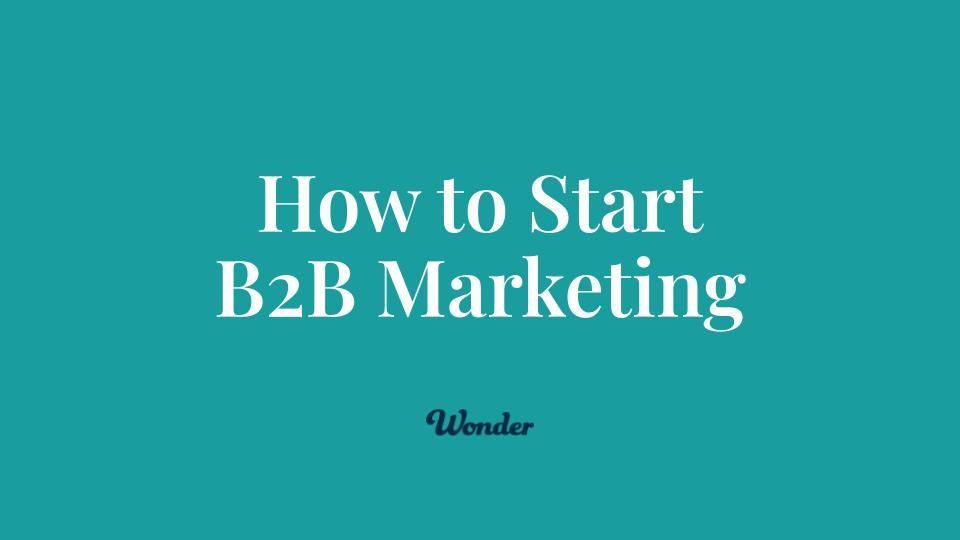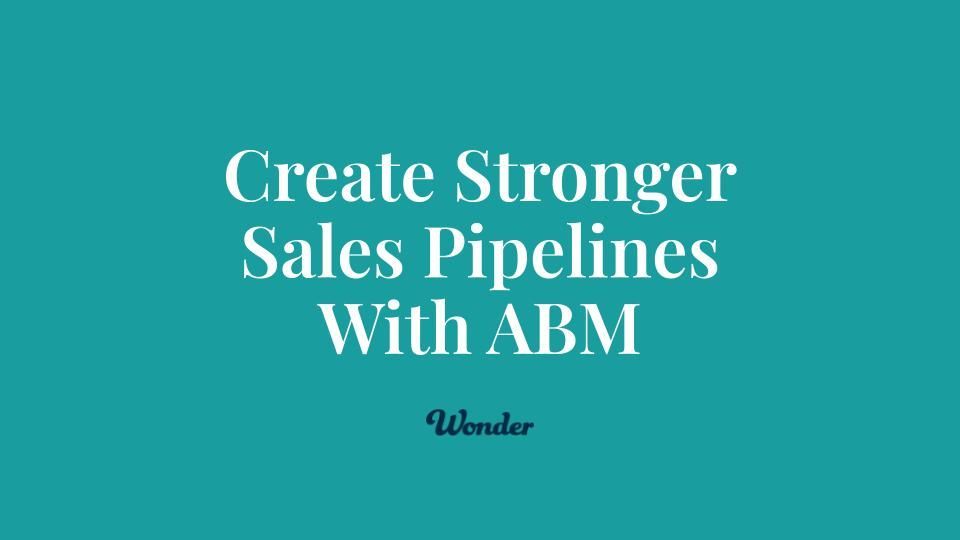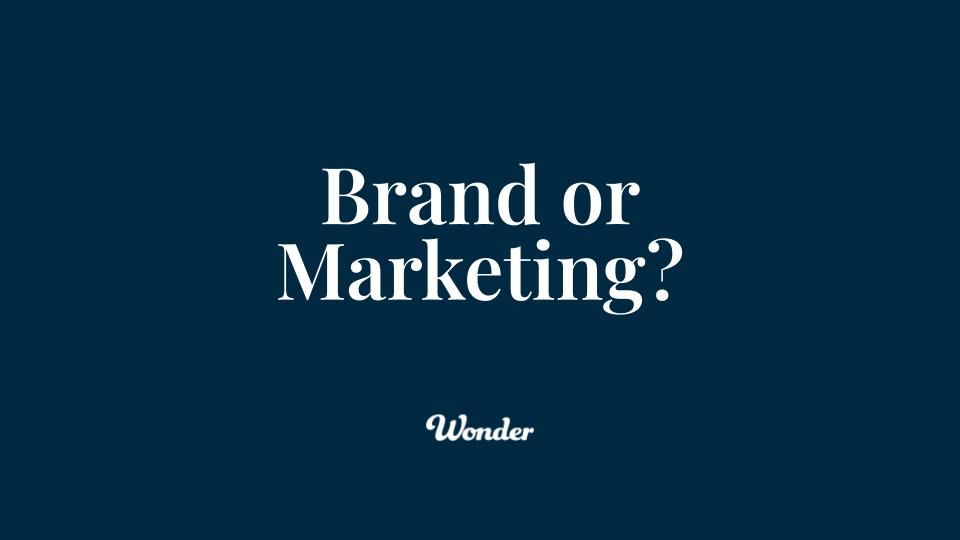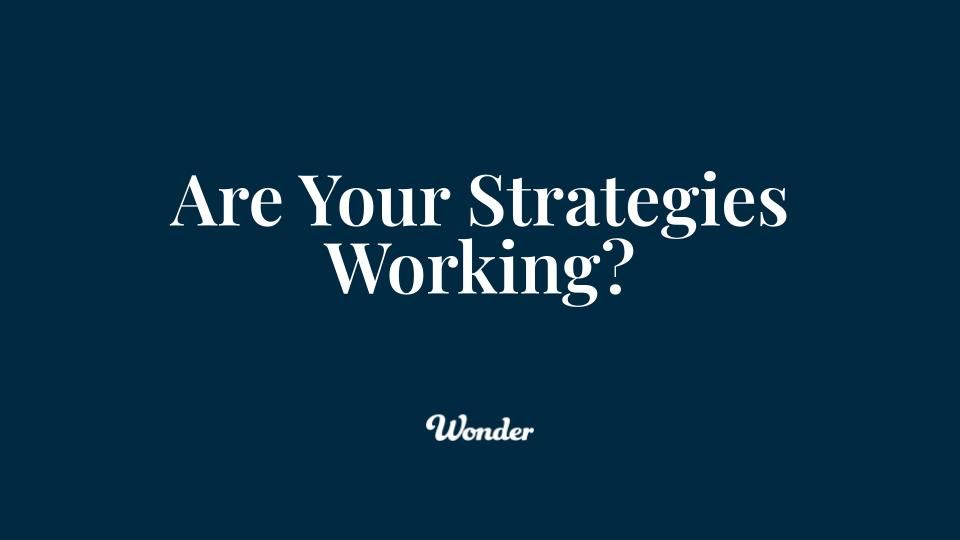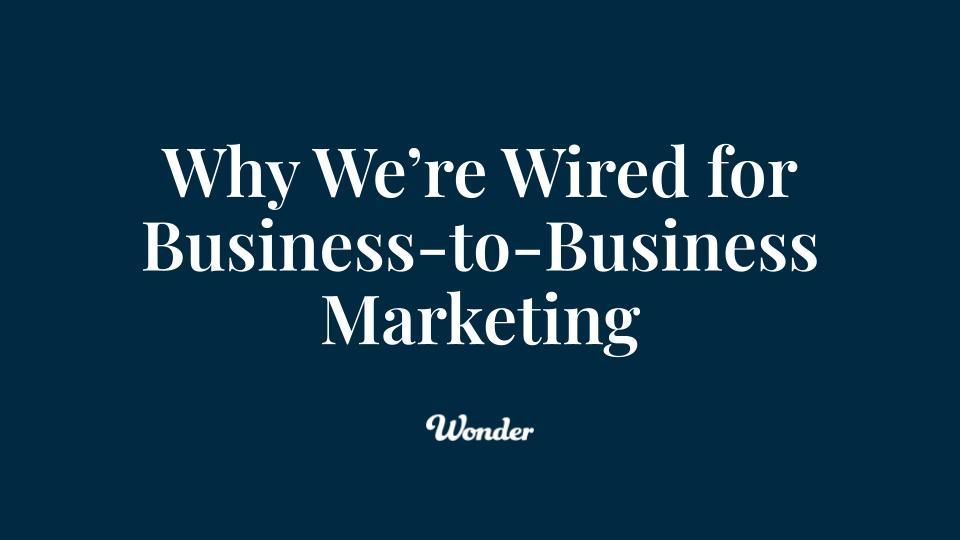If I Ever Write a B2B Marketing Book, It Will Be Called The Myth of Marketing Automation.

As a marketing leader, I’ve had the privilege of guiding teams, building brands, and helping visionary companies grow. Over the years, I’ve learned lessons that no platform, playbook, or tech stack could teach me. If I could leave B2B marketers with just one big idea, it would be this:
Never automate anything you're not already doing well manually.
The world will tell you otherwise. The market will scream for speed. You’ll see flashy dashboards, AI integrations, and tools that promise more scale, more reach, more results. It will be tempting to believe that automation is the shortcut to success.
But it's not.
In my experience, the best marketing outcomes come from a strong foundation of fundamentals: clarity, consistency, discipline, and a deep understanding of your customer. Those are things you earn over time, by doing the work yourself, with your team, over and over. Getting those reps in to build those muscles up.
Before automation can be valuable, it must be grounded in something proven. Otherwise, you're just automating confusion. Many leaders desire to be automated more than they desire to be truly excellent at what they’re automating. They skip the hard part. And the results show it.
If you find yourself leading others in sales and marketing, I hope you’ll find these tips valuable:
- Your tools are only as good as your thinking. Master the fundamentals before chasing features.
- Spend time in the trenches. The manual version of your marketing will teach you everything automation cannot.
- Build good habits before you build bad systems. Repeatable processes are the true foundation of scale.
- Clarity beats complexity. Don't confuse sophistication with strategy.
- Walk before you run. And walk with purpose.
- Smart work takes time.
So wherever you go and whatever you build, fight for strategy before shortcuts. Fight for simplicity before sophistication. And always fly the plane before throwing it on autopilot.
Because the real myth isn’t automation itself.
It’s believing it can replace the work that only wisdom, clarity, and time can build.
That’s my Myth of Marketing Automation.
